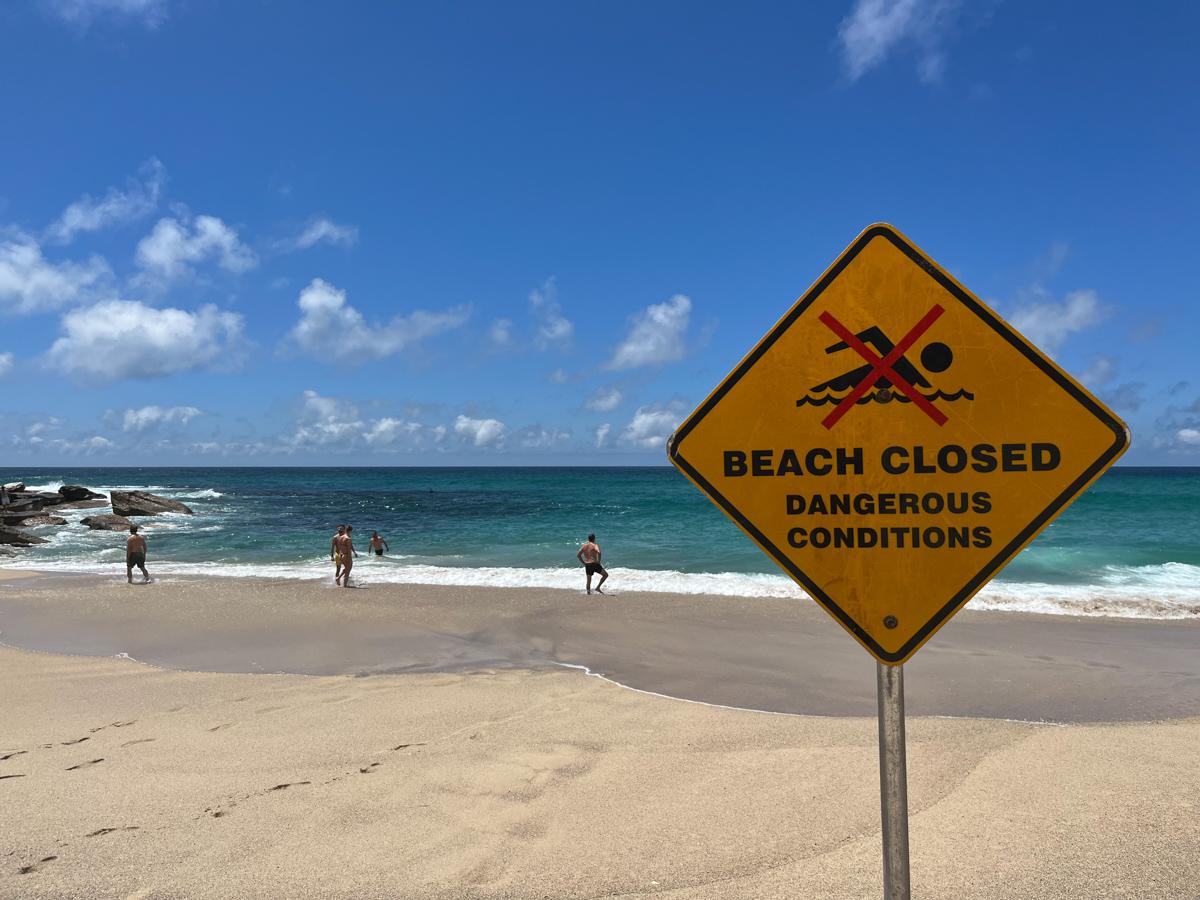A new beach safety study aims to prevent accidental beach drownings of young people through the identification of their understanding - and misunderstanding - of common beach signs.

Dr Masaki Shibata and Dr. Tin Kei Wong from the University of Adelaide, in collaboration with UNSW Beach Safety Research Group, published a study in Safety Science examining university students' understanding and perception of beach safety signs.
"On average 122 coastal drowning deaths are recorded in Australia every year. Typically, it is young adults who account for 25 per cent of these fatalities, with many of that number being born overseas," Dr Shibata said.
"As well as being a researcher, I am a migrant surf lifesaver at Tamarama beach, so I feel very passionate about working to ensure that beach safety messaging and knowledge is being delivered as clearly as possible, including to international students who may face linguistic challenges like I did before," he said.
"Such linguistic issues must be addressed to improve the delivery of coastal safety messages."
By focusing on university students as his subjects, Dr Shibata's team explored how younger beachgoers, including those from different cultural backgrounds, perceive current beach safety signage in Australia.
The study involved an online survey of Australian university students, consisting of 136 domestic students and 84 international students.
"Our study showed that approximately half of both the domestic and international student groups misunderstood the common sign 'always swim between the flags', believing that surfers should also stay between the flags. Most concerningly, 21 per cent of international students perceived the sign 'always swim between the flags' to mean that beachgoers who don't or can't swim should stay outside the flags," said Dr Shibata.
"Over 55 per cent of domestic students and over 75 per cent of international students did not understand the common safety terms of 'shore dump' or 'shore break'. Even those who claimed to understand these terms interpreted them in a wrong way. For example, shore dump was described as dumped rubbish or pollutants on the shore.
"In addition to signage terms, some icons were not comprehensive to some students. Over 50% of both groups did not understand the icon for 'slippery floor', and over 65% of international students didn't understand the icon for 'dangerous currents'."
The study also found that some terms currently used on beach safety signs have been improperly translated into Japanese and Chinese using the current Google Translate function, which does not always allow for nuances in language.
"I believe that existing beach safety signage is not as effective as authorities assume, due to linguistic and translation challenges that need to be addressed, as well as widespread misunderstandings. We are concerned that not only international students but also many domestic students did not understand the signage," said Dr Shibata.
"Further review of beach safety signage is much needed, and universities, tourism industries, and water safety organisations have a duty to further promote beach safety information, including an explanation of the signage terms to protect young people from future coastal drowning."






